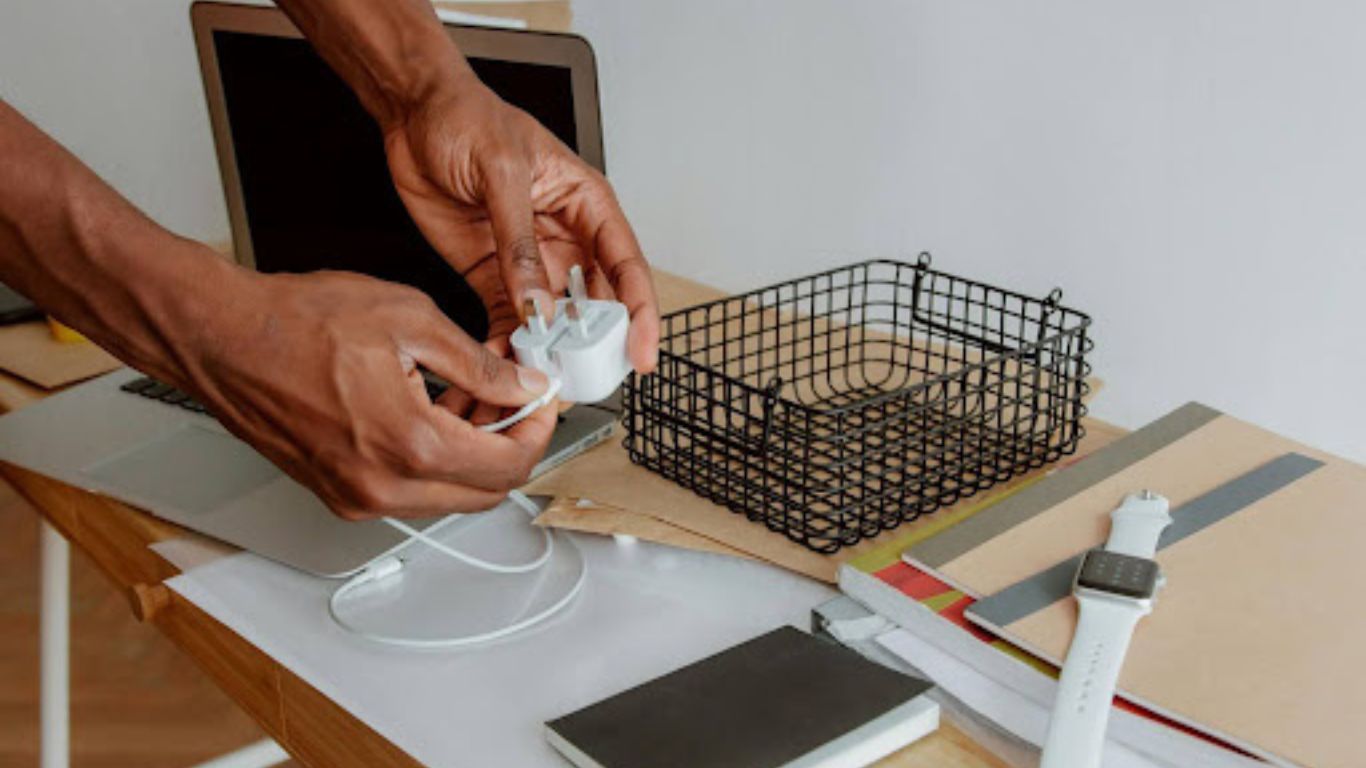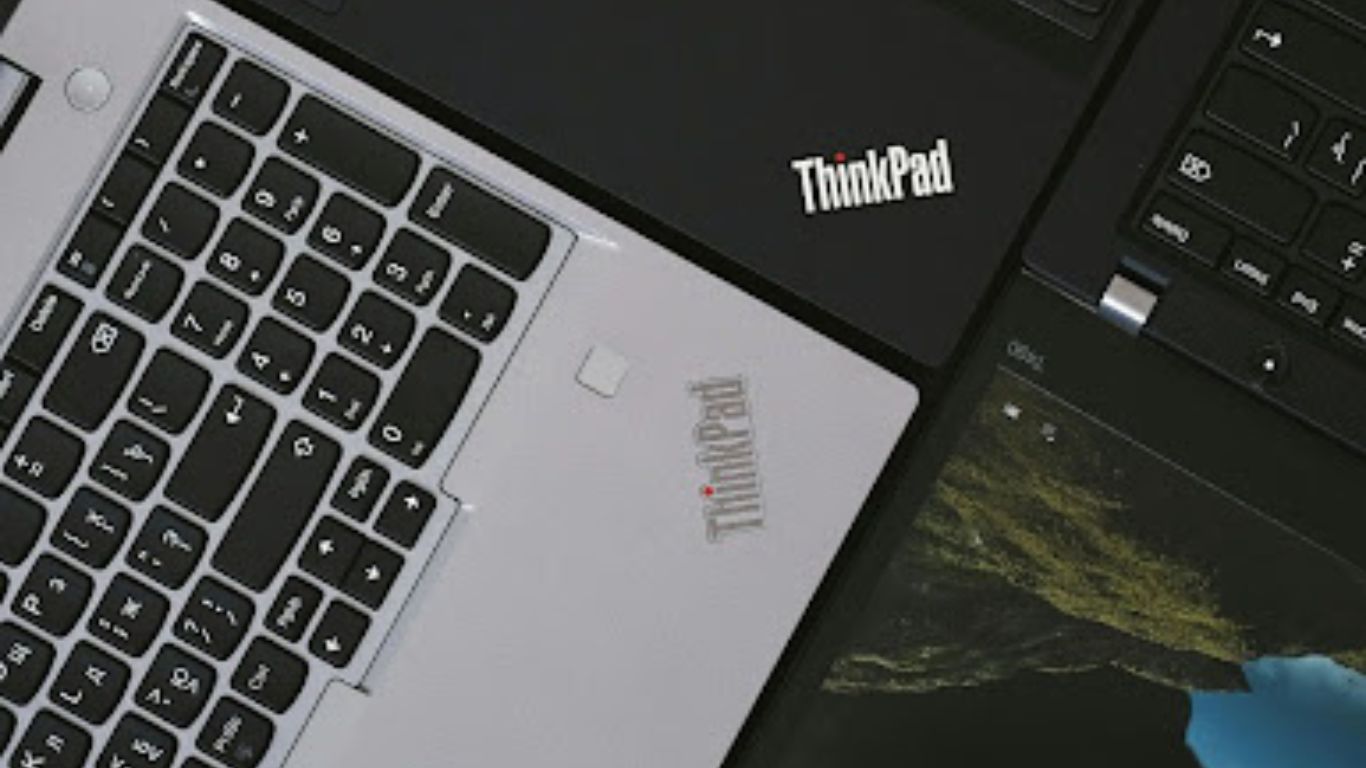Inventors face a collection of hurdles before they ever produce their first market-ready product. They need funds for prototypes and tests, they need savvy for production and distribution. What they are passionate about is their invention, not the supply chain that comes with a project of this magnitude. So, how do inventors get their product out of their heads and in the hands of patrons? Here’s a look.
Funding
In today’s digitally connected world, there are more ways than ever to fund your project. Websites like Startups.co and Gust.com are vast communities of inventors and investors. Gust, for instance, helps you incorporate as a company and prepare for investment with a set of legal tools. Create personalized recommendations for investors in the ways they can invest in your company and product and find better and more lucrative investors all within the Gust network, says Inc.
Another, and completely different, option is the crowd-sourced project. There are a bunch of successful Kickstarter projects that are now available in online stores. Platforms such as Kickstarter and IndieGoGo.com, give inventors and creators autonomy in how they fund their inventions and projects. While levels of rewards increase the likelihood of people crowd-funding your invention, these platforms share the benefit of connection you, the creator, directly to everyday people who see the value in your product.
Production
Find a manufacturer. Get quotes from a number of different manufacturing companies. It depends on what your invention consists of, but there are many parts and materials manufacturers may price out an order from a third party. Wires, computer chips, even o-rings of different shapes and/or colors are all items a manufacturer may consider when they give you a quote.
Once you pick a factory or factories, it’s best you are clear with them who they are competing against for your business, says MarthaStewart.com. Form a relationship with the manufacturers that treat you the best, make the best product for the best price. Keep detailed notes and statistics of how the factories create your product, as they likely will not hold the same vision for your invention as you. This is a long process and will take time for any manufacturer to learn your vision.
Distribution
Consider how you will distribute or sell your product. Will you sell online? Do you want your invention in storefronts? When you sell directly to the customer your margin is better, but that means the customer must find you of their own accord, so your products reach is not as far. Retailers, on the other hand, reach far more people. First, who is your product for? Is it affordable enough that it can permeate the market or is it selective enough that it targets a smaller demographic? Some products are so exclusive they use that exclusivity to lure the specific customer they are made for. Identify what type of market your product is, and your distribution strategy is self-evident.
Further Consideration
Investments, production and distribution are a handful, but there are many other steps an inventor must consider. Legal questions of patent registration and infringement cannot be overlooked. Marketing and customer support are also key divisions in your company. While you are the inventor and creator of the product, it’s likely a project of this size will need a stalwart team of employees.




